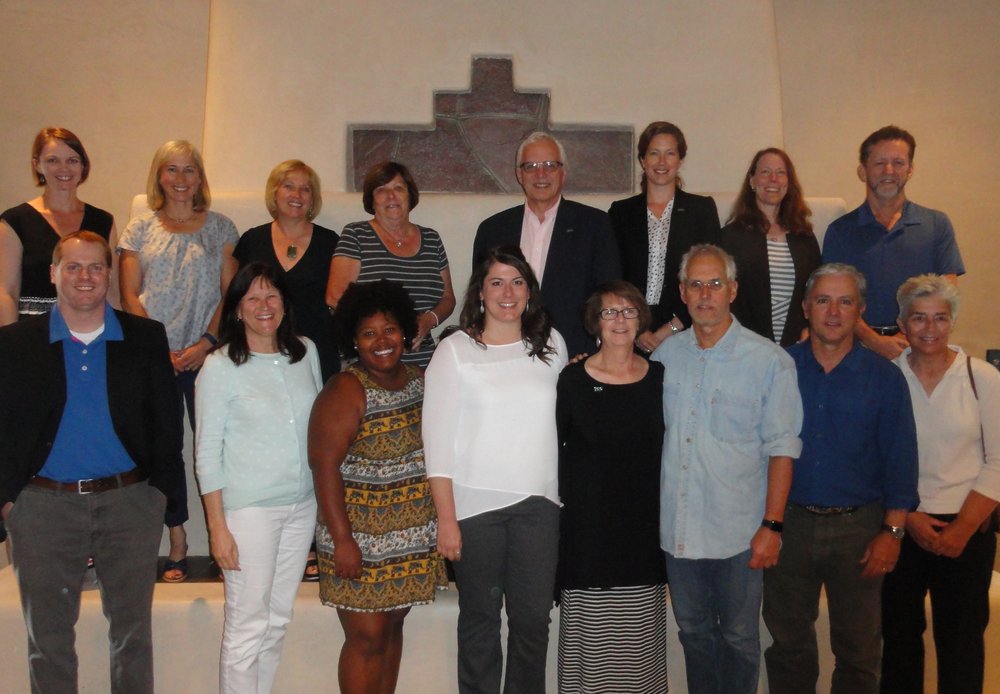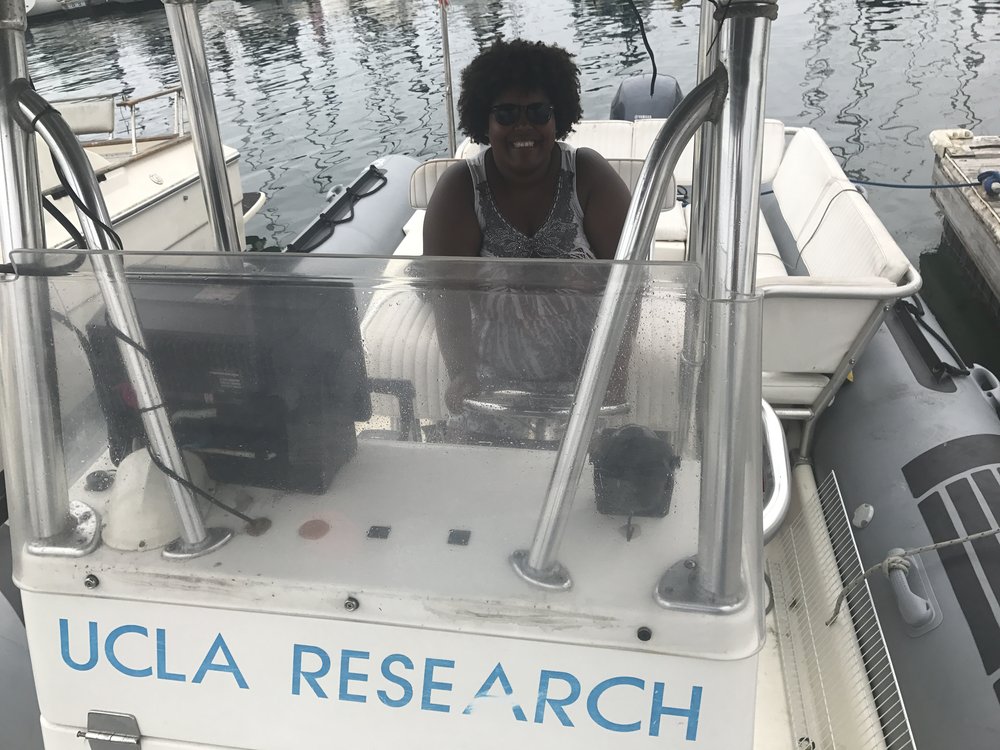Below is the second part of a two-part Q&A conversation with Dr. Tiara Moore about Black in Marine Science, a nonprofit organization incorporated in Washington, of which she is the founder and CEO. Dr. Moore is also an employee of The Nature Conservancy in Washington, where she recently transitioned into a new role as Black in Marine Science Program Lead to change the game, change the face(s) of conservation, and steward a new partnership between the two organizations. You can read the first part here.
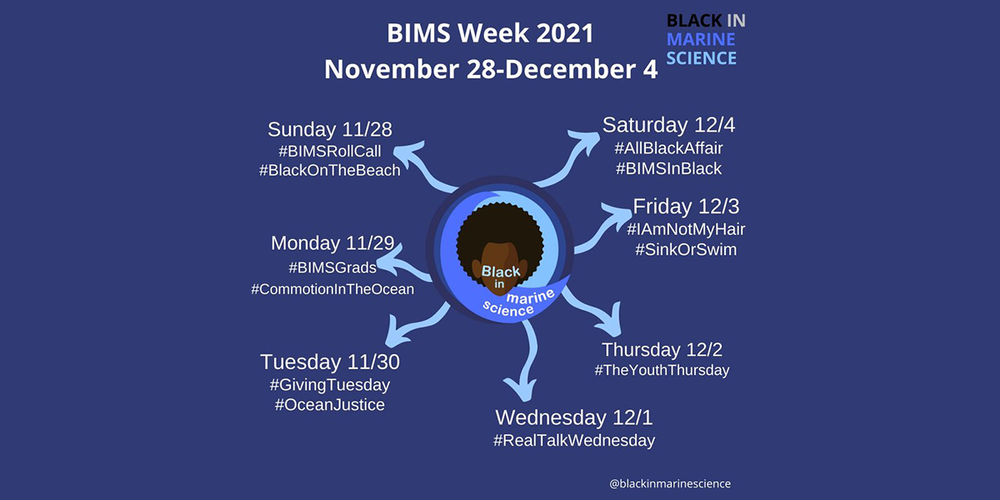
What’s BIMS Week?
BIMS Week is a week-long event that started last year; we just recently had the second one. The goal of BIMS Week is to represent authentic Black culture and history, and our connection to the ocean. It’s also about dispelling notions of what people think of when it comes to, “Who are scientists?” I’m definitely a scientist because I have a Ph.D. But we also have authors who are writing children’s books about science—they did the research, they went and made a rhyming book about ocean acidification! They’re scientists, as far as I’m concerned. They’ve got a connection to the ocean.
One of our keynote speakers for BIMS Week this year was the Chieftess of the Gullah/Geechee Nation in South Carolina—this is a community that has always had a connection to the water, particularly when you think about the South Atlantic slave trade and all of that. While she doesn’t have a background in marine science, her passion for talking about the water and ocean was just so beautiful to see [keynote here].
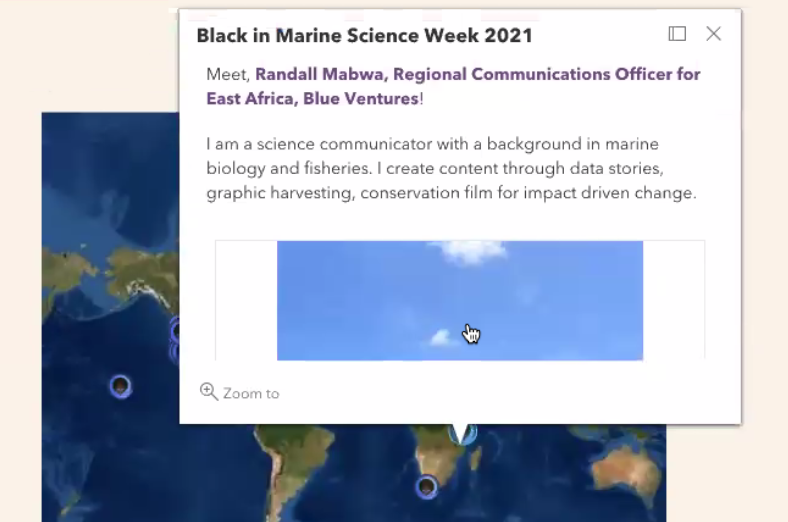
The goal of BIMS Week is not only for Black folks in the community and around the world to think about marine science and the ocean, but to also have a space that is safe, welcoming, and inclusive.
We did a BIMS members map and you can see that we’re all over, we out here!
There’s another side of inspiring allies, too—for them to see that there’s so much more when you think about Black people and marine science. It’s not about, “Oh, I wanna go be a SCUBA diver, I wanna go study dolphins and whales.” There is a HUGE, rich history that we have to think about, especially when you have to grapple with the fact that there’s millions of my ancestors at the bottom of the ocean.
I think that’s the goal of BIMS Week—to inspire. Inspire. Inspire. Inspire. And then empower—so that folks know that this exists, then they can talk about it and then go make a difference. Get voices out there. Amplify Black voices and their stories around the world.
What was your favorite part of BIMS Week?
This year, BIMS Week ended with BIMS Ball—I called it the Met Gala of Black science. Literally, it was a Ball celebrating Blackness and Black culture. We had a musician, poetry from a poet, a DJ—we got some dancing going on! We also had awards; we gave a BIMS Advocacy award to honor the Black marine scientists who have helped paved the way.
We had a lot of great stuff this year, actually—for instance, we had BIMS Cares, which was all about self-care; we had a therapist come in and do live mindfulness work, as well as talk about stress and trauma. So, yeah, we had a lot of good stuff going on throughout the whole week.
What does BIMS mean to you?
BIMS means future to me. BIMS was built out of a place of so much pain, hurt, trauma, but there was HOPE. I think that’s the beauty of BIMS and the relationship I have with BIMS. That, as beat down as I was, there was still hope. Hope in myself as a strong Black woman, but as well as hope that there could be a different day. There were white people listening, asking questions I hadn’t been asked before, and I was like, “Wow, maybe this is the moment something will change if I’m honest and transparent about me and my experiences, the things I’m going through.”
>
“To go from those past experiences of being the only Black person in the room to now having BIMS, it’s just such a beautiful progression.”
There had been a lot of times where people had said, “Oh, you’ve never experienced racism, right? You’re not that type of Black.” These were the real questions I was getting, people had never worked with a Black person as a scientist or at that level. It was really interesting. So BIMS to me means hope, that there’s a future, that there’s enough Black people in marine science for there to even be a BIMS.
I wrote an Op-Ed in 2018 that was called “The Only Black Person in the Room” and it was about my experience serving on a marine science society board of directors. I realized during that period how behind everything was. I was literally the only Black person in the room—I was in this high-level position, but I was still being mistaken as the person who should get them coffee, or to ask where the bathroom was. To go from those past experiences of being the only Black person in the room to now having BIMS, it’s just such a beautiful progression.
That’s what it means to me—to go from being the only Black person in the room to Black in Marine Science.
How has the journey been?
The journey has been. I’m so grateful that I’m a good-spirited person, but I have to be honest. My mental health definitely suffered. I went to therapy more often. There were times I shed tears. I questioned myself, if I belonged in these spaces.
People make you feel unwelcome in spaces so long, you doubt yourself, like, “Can I read? Do I know about eDNA? Maybe I don’t…” So that was very hard, especially for someone that’s had to be confident my whole life. As a fat Black woman, you have to have this level of confidence that you come with because you’re just generally bullied so much. So to have worked so hard to build that confidence and then have that broken down by people I didn’t know, simply because of the color of my skin—I wasn’t used to that. That was a very hard time in my journey.
>
“But the JOY that I have found simply by connecting with people … THAT makes this journey so much easier, a bit lighter. ”
But the JOY that I have found simply by connecting with people—talking with students, especially Black kids who see me and say, “Oh my gosh, I want to be a marine scientist. I never saw anyone who looks like you.”—THAT makes this journey so much easier, a bit lighter. Now I’m spending a lot more time on the upper side of things in the journey, of really choosing partnerships I want to do. But yeah, the journey has been. It’s been a whole journey for sure.
What opportunities exist for you, for BIMS?
Lots of opportunities exist, especially when I think about what the overall vision and goals are for Black in Marine Science. Right now, we’re a nonprofit that’s creating a lot of content. But what I would like to do is get to point where BIMS has the opportunity to create opportunities.
We’re getting to a point now where we’ve raised enough money to hire a BIMS fellow that can help us with some of the day-to-day things—it’s not a full-time employee, but it’s someone who’s being compensated for the work that was previously being done voluntarily. So that’s a step up.
Dr. Tiara Moore on a sample-collection mission while at UCLA.
I think the ultimate goal is to really create an institution, a BIMS institute. Where we can have a place to have education, a curriculum, even a whole school that is focused and geared to increase Black people in marine science. We think about where marine science institutions are now—Scripps, Woods Hole. They’re places where Black people don’t even exist; they have a population of about 0% Black people in the community. But you have to go there to become a marine scientist. Even at UCLA, there was more diversity outside in the community than on the campus. So why are we telling Black people that that’s where they have to go to be a marine scientist? I would love to partner with a historically Black college or university and have some type of research institution specifically for Black in marine science.
I also think we have an opportunity to, within the BIMS community, share different opportunities that they might not know about; different things at TNC and in other environmental fields. But also partnering in these places to bring more opportunities to impacted communities and students that usually wouldn’t get them.
One of the things that this [new role in TNC] has freed me up to do is pursue all the different opportunities with BIMS.
Wave a magic wand—in five years, what do you see for BIMS?
Dr. Tiara Moore in the lab.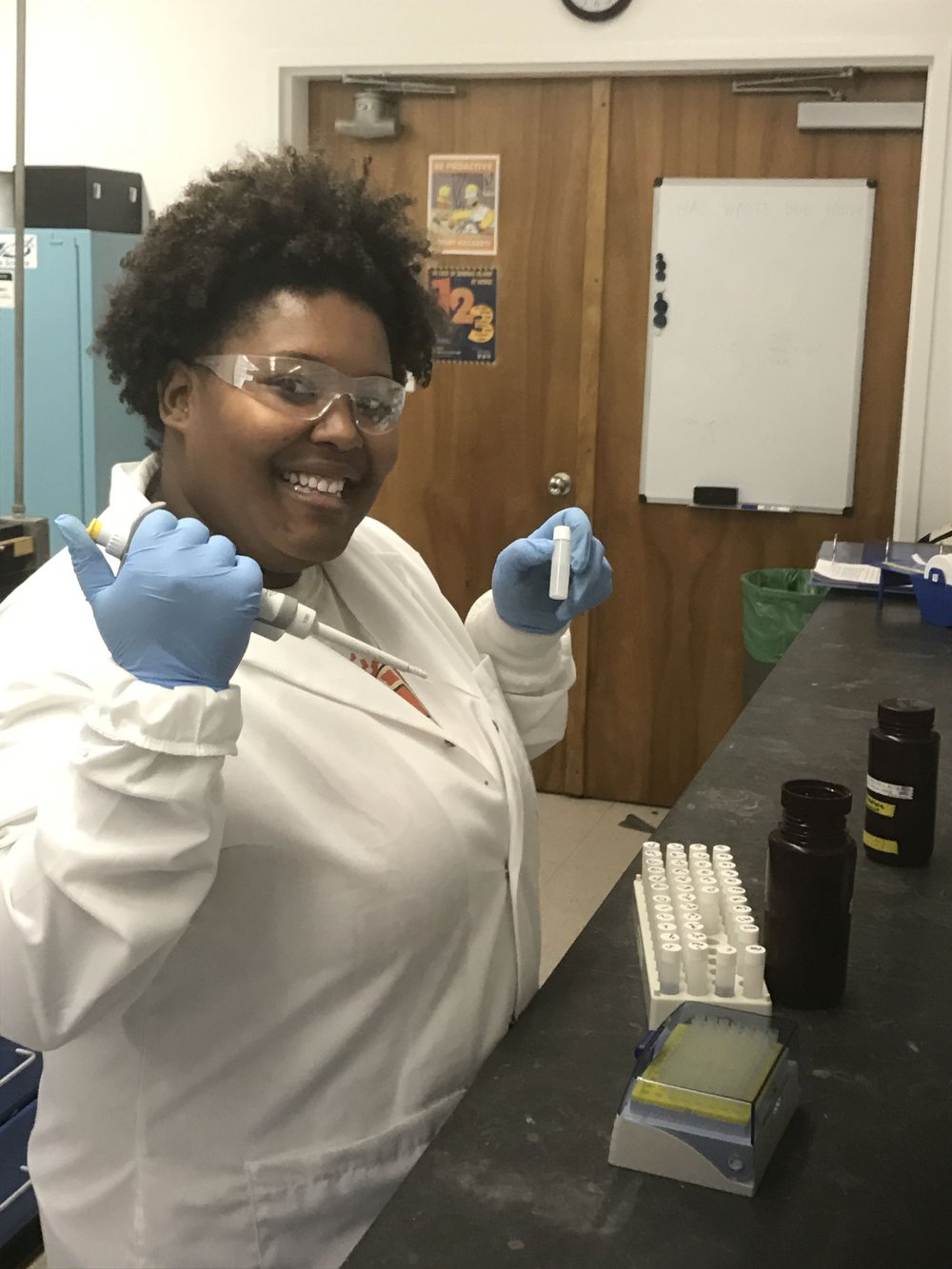
Honestly, I hope it’s the BIMS Institute that I was talking about. I would love to build a research and outreach facility that’s dedicated to Building Inclusivity in Marine Science, and I think it could look a lot of different ways.
I realized as a scientist and a researcher, we have to focus a lot more on science communication—so that’s why I say “research and outreach”. I also still say “research” because a lot of people think that because I’m doing this diversity work now, that I’ve left science, that I can’t do science, that I won’t be doing “hard” science. I just want to say that I never wanted to not do hard science, it just wasn’t a welcoming space for me—I didn’t leave science, I was pushed away.
So how can I build that inclusive lab space that I wanted and that I know other Black marine scientists crave? That’s what I would love to build. But for now, I have some tricks up my sleeve and things in the works, don’t worry!
Also, to go back to the inclusive lab, to have that outreach aspect included in the facility because we know it’s so important. If we can do more research and include Black and impacted communities inside of our research at the same time, how awesome would that be? We could be creating content in the lab that’s easily consumable and digestible by the general public, so they automatically always know what’s going on in the lab!
Those are some of the goals and vision we have for the BIMS Institute and ultimately Black in Marine Science.
Note: we’d like to thank Dr. Tiara Moore again for her time, leadership, wisdom, and all that she shared with us. This was the second and last of a two-part Q&A with Dr. Moore about her, her work, Black in Marine Science, and more. You can read the first part here. You can also donate to BIMS here: bims.org/donate
All photos courtesy of Dr. Tiara Moore

